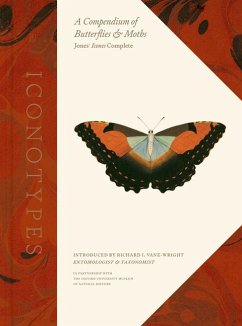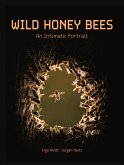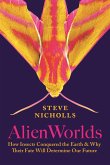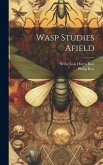Jones's 'Icones' contains finely delineated paintings of more than 760 species of Lepidoptera, many of which it described for the first time, marking a critical moment in the study of natural history. With Iconotypes Jones's seminal work is published for the first time, accompanied by expert commentary and contextual essays, and featuring annotated maps showing the location of each species. Jones painted the species between the early 1780s and 1800, drawing from his own collection and the collections of Joseph Banks, Dru Drury, Sir James Edward Smith, John Francillon, the British Museum and the Linnean Society. For every specimen painting he provided a species name, the collection from which it was taken and the geographical location in which it was found. In 1787, during a visit to London, the Danish scientist Johann Christian Fabricius studied Jones's paintings and based 231 species of butterfly and moths on them. In this enhanced facsimile, Jones's references to historic references are clarified and modern taxonomic names are provided, together with notes on which paintings serve as iconotypes. Contextual commentary by specialist entomologist Richard I. Vane-Wright gives an account of Jones's life and his motivation for collecting butterflies and creating the Icones, and evaluates the significance of his work. Interspersed at intervals between the pages of Jones's paintings are modern maps showing the location of each species painted, and expert essays on the development of lepidoptery and taxonomy after Linneaus, and the roles of collectors and natural history artists from the late 1700s to mid-1800s.
Hinweis: Dieser Artikel kann nur an eine deutsche Lieferadresse ausgeliefert werden.
Hinweis: Dieser Artikel kann nur an eine deutsche Lieferadresse ausgeliefert werden.








